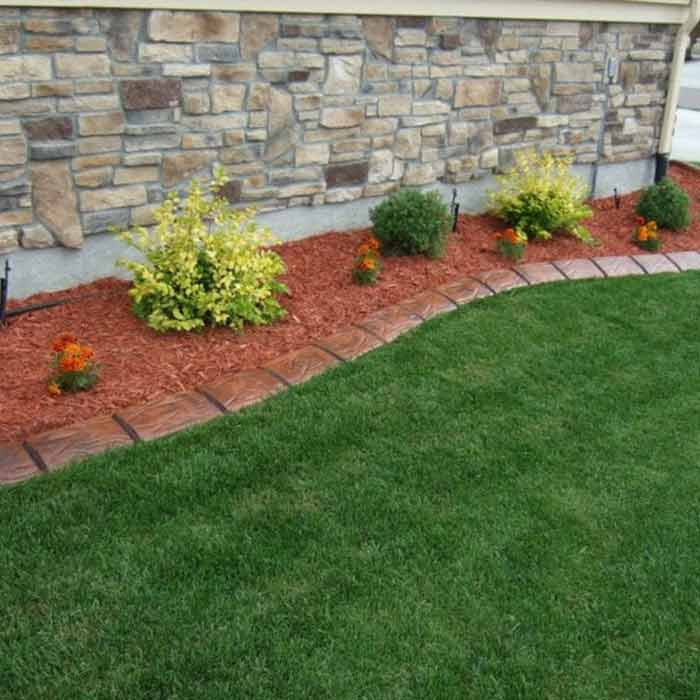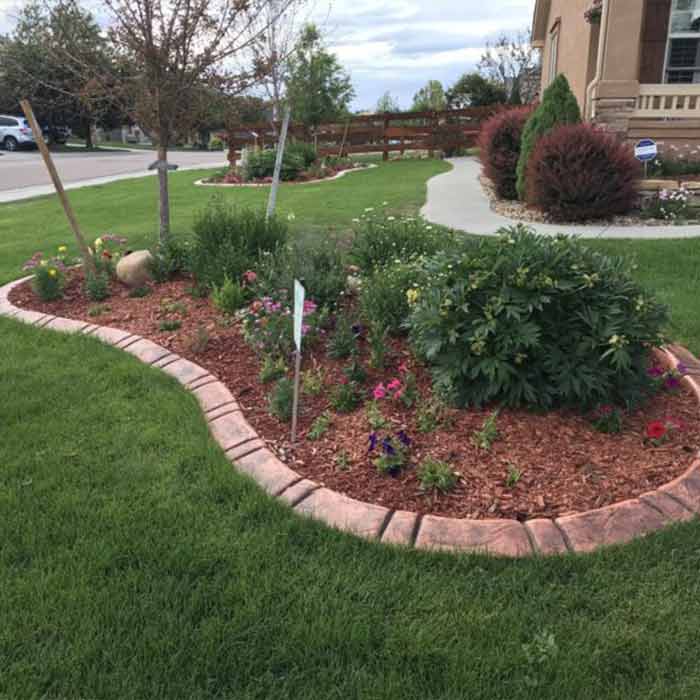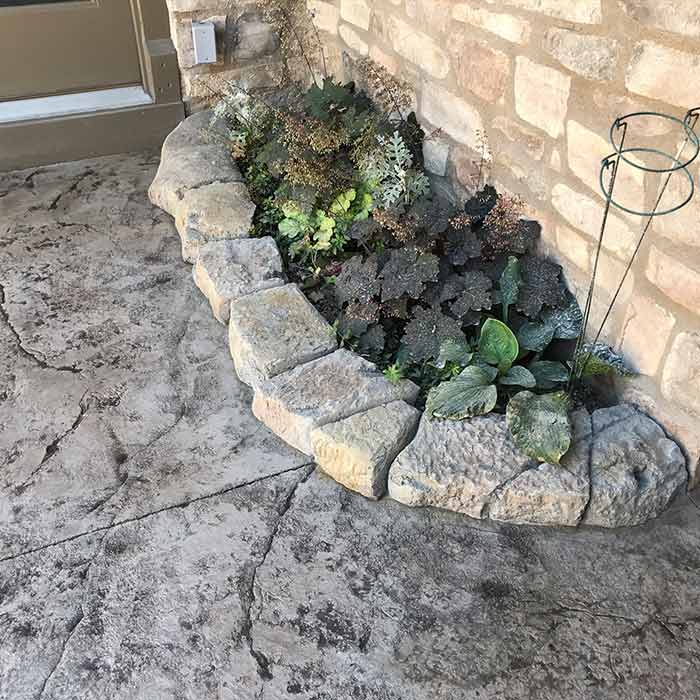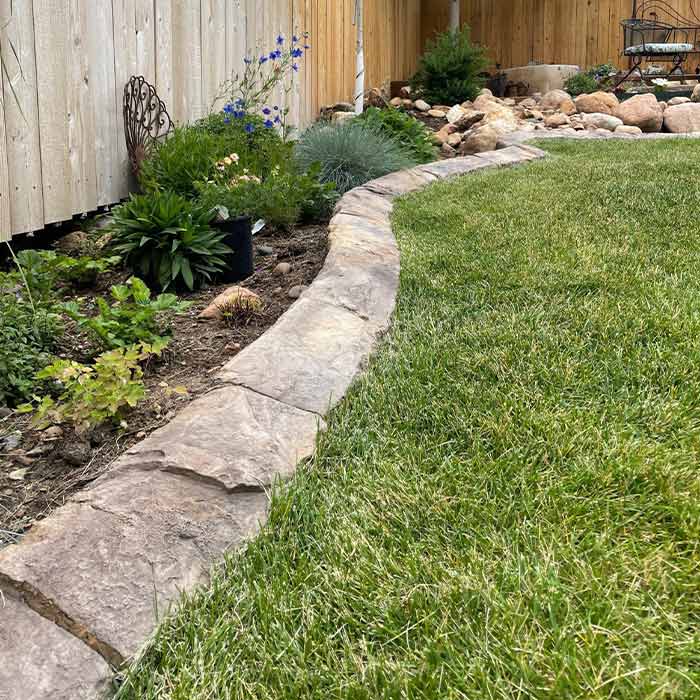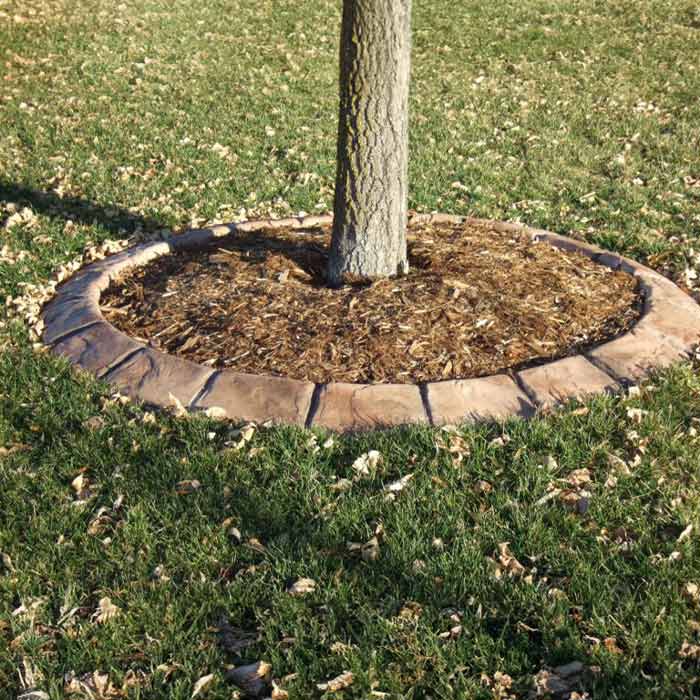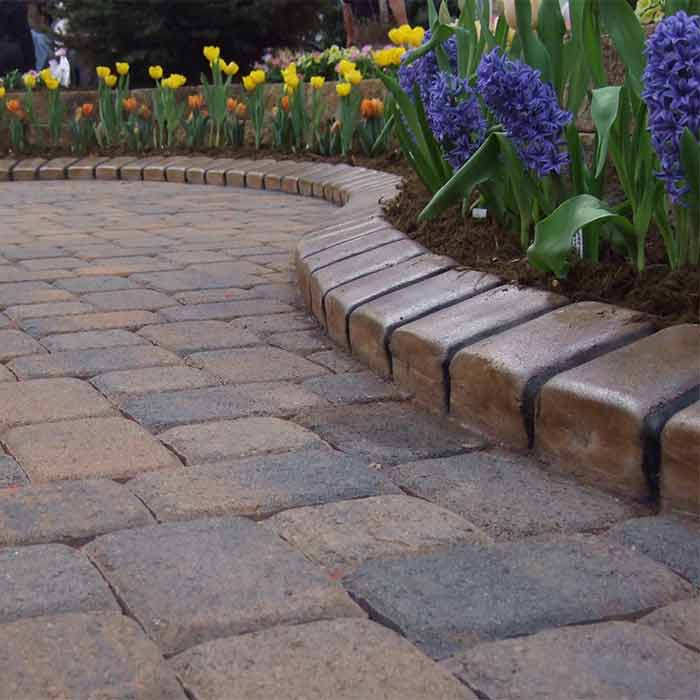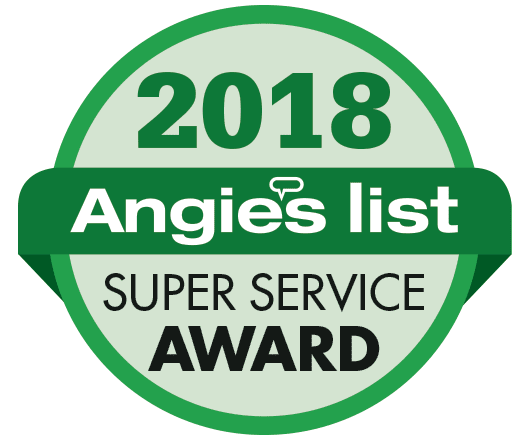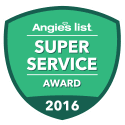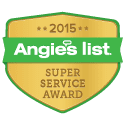Why Professional Installation Matters
“Our experience installing landscape edging in Centennial has shown that proper installation is crucial for longevity. With our extreme temperature swings and freeze-thaw cycles, cutting corners during installation will always lead to problems down the road.” – Chad Livingston, Owner of A Better Edge.
Professional installation ensures your landscape edging will perform optimally in Arapahoe County’s challenging climate. While DIY options exist, professional installation often proves more cost-effective in the long term due to proper technique and material selection.
Installation Process Overview for Landscaping Edging in Centennial, Colorado
Centennial, Colorado, the state’s 10th largest city with over 100,000 residents, is a vibrant community known for its beautiful parks, thriving entertainment scene, and historical landmarks. When planning to install landscape edging in Centennial, both residential and commercial property owners must consider local conditions and attractions. This guide will walk you through the installation process while highlighting what makes Centennial’s unique environment a factor in landscaping design.

Site Preparation Steps
Site preparation is crucial for long-lasting and effective landscape edging. Centennial’s varied terrain and open spaces, such as Willow Spring Open Space and Parker Jordan Centennial Open Space, are prime examples of how local topography influences landscape projects.
1. Site Evaluation
Evaluate your property to understand how natural and artificial features will affect installation.
- Properties near High Line Canal Trail or other open spaces may require more erosion control.
- Homes near busy attractions like The Streets at SouthGlenn may prioritize curb appeal and clean edges to attract attention.
2. Grade Assessment
The grade, or slope, of your site can impact the stability of your edging.
- Flat areas, like those in Centennial Center Park, are easier to work with but may require additional drainage solutions.
- Sloped areas may need reinforced edging near hiking spots like Cherry Creek Open Space to prevent soil washout.
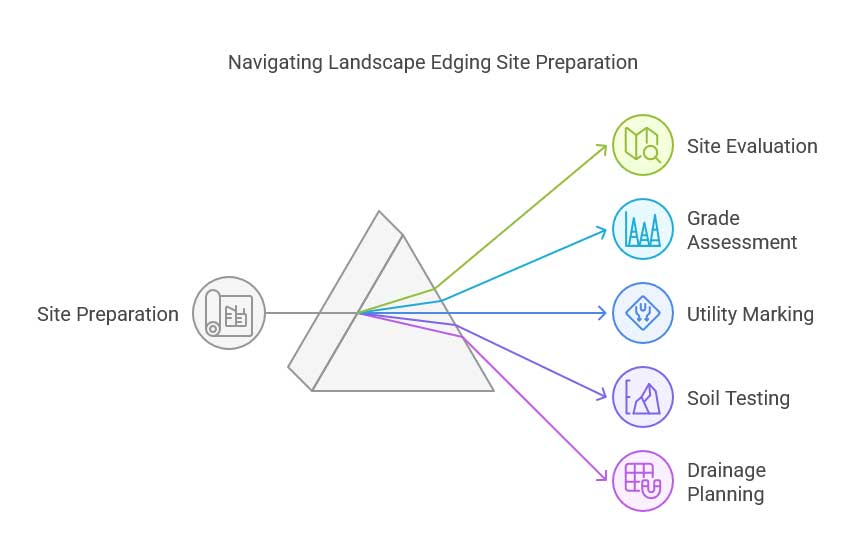
3. Utility Marking
Centennial’s urban infrastructure includes amenities like Centennial Airport and South Suburban Family Sports Ice Arena, meaning underground utilities are standard. Always contact a utility marking service before digging to avoid damaging gas, water, or power lines.
4. Soil Testing
The soil in Centennial varies depending on location. Areas near 17 Mile House Farm Park, for instance, may have compacted or clay-heavy soils that require specialized edging solutions.
- Sandy soils: Common in creekside areas like Cherry Creek, require extra support.
- Clay-rich soils: Benefit from flexible rubber-landscape-edging that can handle ground expansion and contraction.
5. Drainage Planning
Drainage is a primary concern due to Centennial’s weather patterns and frequent freeze-thaw cycles. Adding gravel channels or perforated pipes helps protect concrete edging from cracking under pressure. Trails like the High Line Canal demonstrate how proper drainage extends the life of outdoor installations.
Material Selection Criteria
Selecting the right materials for landscape edging that can endure Centennial’s climate and aesthetic requirements.
1. Climate Compatibility
Centennial experiences many weather conditions, including snowy winters and hot, sunny summers. Materials should be durable enough to withstand these variations:
- Concrete curbing is ideal for high-traffic areas like The Streets at SouthGlenn due to its strength and resistance to wear.
- Rubber edging, made from 100% recycled materials, is perfect for eco-friendly projects and easily handles freeze-thaw cycles.
2. Design Requirements
For inspiration, your property’s design goals should align with local attractions.
- Flexible materials like aluminum or rubber are best suited for curving paths like those at Centennial Center Park.
- Formal gardens, similar to the landscaping around 17 Mile House, benefit from rigid, clean-lined concrete borders.
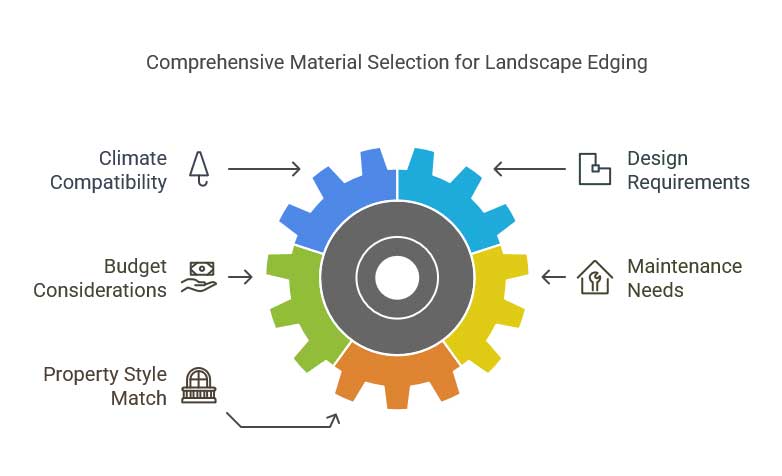
3. Budget Considerations
Cost can vary significantly depending on material choice and site conditions. Rubber and aluminum edging, though initially more expensive, may save money in long-term maintenance. Budget appropriately for properties near Topgolf Centennial or Resolute Brewing Company, where aesthetic appeal can enhance business success.
4. Maintenance Needs
Properties near wildlife areas, like Willow Spring Open Space, may need low-maintenance edging to reduce erosion and prevent wildlife disturbance. Concrete edging offers long-term durability, requiring minimal upkeep compared to traditional wood or plastic alternatives.

5. Property Style Match
Your edging should complement your property’s architectural style and surroundings.
- Historical sites like 17 Mile House Farm Park may require rustic stone or steel edging designs.
- Modern venues like Topgolf often feature sleek, industrial-style aluminum edging to match their contemporary vibe.
Material Performance Comparison
| Material | Freeze-Thaw Resistance | UV Resistance | Snow Plow Resistance | Installation Difficulty |
|---|---|---|---|---|
| Steel | Excellent | Good | Excellent | Moderate |
| Aluminum | Good | Excellent | Good | Easy |
| Concrete | Excellent | Excellent | Excellent | Difficult |
| Plastic | Poor | Fair | Poor | Easy |
Installation Methods
Professional Techniques
Professional installers use specific techniques for each material type:
- Metal Edging
- Proper anchoring depth
- Secure staking methods
- Joint sealing
- Expansion allowance
- Grade matching
- Concrete Edging
- Base preparation
- Reinforcement placement
- Mix design
- Curing protection
- Joint spacing
Cost Comparison by Material
| Installation Type | Material Cost/LF | Labor Cost/LF | Total Cost/LF | Lifespan |
|---|---|---|---|---|
| Steel Edging | $8-15 | $5-10 | $13-25 | 15-20 years |
| Aluminum Edging | $5-12 | $4-8 | $9-20 | 10-15 years |
| Concrete Edging | $12-25 | $8-15 | $20-40 | 20+ years |
| Stone Edging | $15-30 | $10-20 | $25-50 | 20+ years |
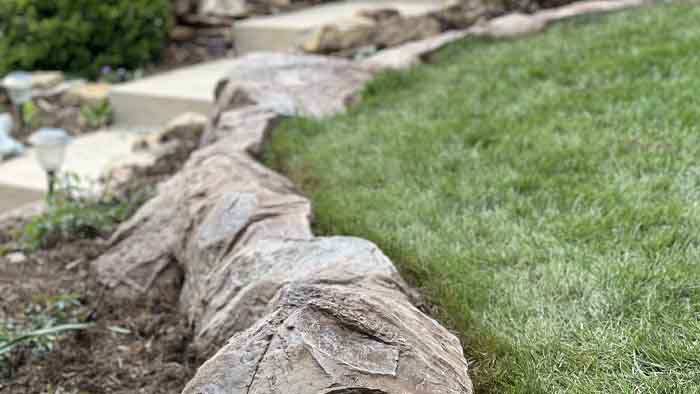
Maintenance Requirements for Landscape Edging in Centennial, Colorado
Proper maintenance is essential for keeping your landscape edging in optimal condition year-round. Centennial’s fluctuating weather—from hot, dry summers to snow-heavy winters—can wear down even the most durable materials if neglected. With regular care and seasonal preparation, you can extend the life of your concrete curbing, rubber landscape edging, and other materials while ensuring your property retains its aesthetic appeal.
When you hire a professional team like A Better Edge, you’ll receive comprehensive maintenance guidance to help protect your investment. Below, we outline the most critical tasks and considerations to keep your edging in shape.
Regular Inspection Points
Routine inspections are the first line of defense against costly repairs. At least twice a year, examine your edging for the following critical maintenance issues:
1. Joint Integrity
Check any connecting joints between sections of your edging, particularly for steel and rubber edging. Look for gaps, warping, or loose connectors. Damaged joints can lead to structural instability and edging misalignment over time.
2. Grade Stability
Confirm that the edging has not shifted from its original position, especially on sloped areas near Centennial’s parks and trails like Parker Jordan Centennial Open Space. Soil erosion or frost heave during the winter may cause uneven settling.
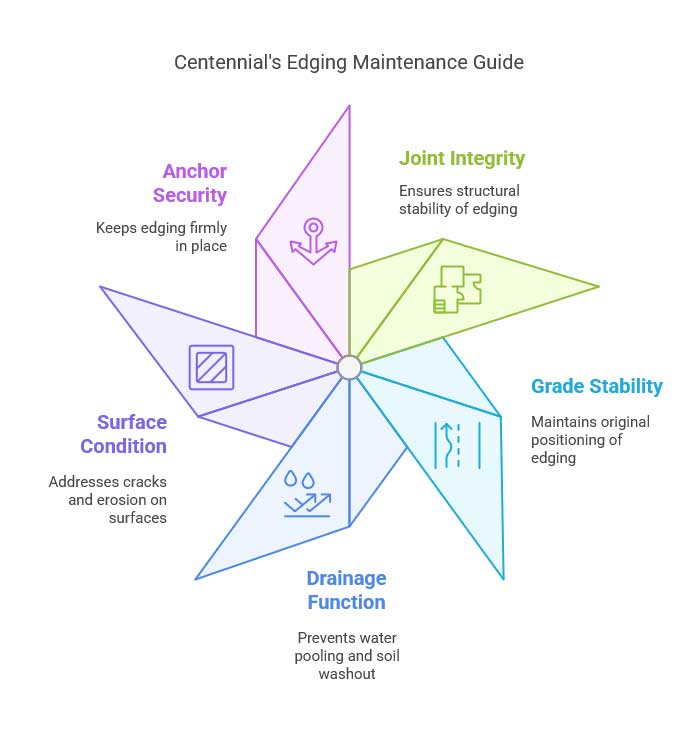
3. Drainage Function
Ensure that water is flowing correctly along your edging. Blocked drainage can cause pooling or soil washout, particularly near high-traffic areas like Centennial Center Park. If needed, clear away debris or sediment buildup.
4. Surface Condition
Check for cracks, discoloration, or surface erosion caused by exposure to Centennial’s intense sun and freeze-thaw cycles for concrete edging. Cracks should be repaired quickly to prevent further damage during temperature fluctuations.
5. Anchor Security
Confirm that stakes, anchors, or other fastening systems remain firmly in place. Loose anchors can allow edging sections to move, compromising the entire installation. Areas near playgrounds, such as Willow Spring Open Space, should be checked more frequently to prevent trip hazards.
Seasonal Maintenance Tasks
Maintaining your edging throughout the year involves different tasks tailored to each season. This will protect your investment from weather-related wear and ensure a neat, functional landscape.
Spring Cleanup
- Remove any winter debris, such as fallen branches, dead leaves, and dirt that may have accumulated around the edging.
- Inspect for frost heave, mainly if your property is near exposed areas like High Line Canal Trail. Re-level any shifted sections.
- Address any damage caused by snow removal equipment.
Summer Weed Control
- Apply mulch around the edging to suppress weeds.
- Pull any weeds that have penetrated the edges of flower beds or walking paths.
- Consider applying an eco-friendly weed control treatment that won’t degrade rubber-edging or contaminate nearby natural areas.
Fall Preparation
- Trim back overgrown plants along the borders to minimize leaf buildup during autumn.
- Clean drainage channels to prevent blockages from falling leaves are particularly important near heavily wooded areas like Cherry Creek Open Space.
- If needed, apply a protective sealant to concrete edging, which can help guard against moisture absorption during winter freezes.
Winter Protection
- In high-traffic commercial areas like The Streets at SouthGlenn, minimize de-icing chemicals near concrete curbing to prevent surface degradation.
- Add protective barriers around edging in areas prone to snowplow damage, especially along driveways and sidewalks.
- Monitor for early signs of frost damage after significant snowfalls or rapid temperature drops.
Post-Storm Checks
- Inspect your property after severe weather events, including heavy snow, rainstorms, or hail.
- Look for shifted edging, drainage blockages, or other signs of storm-related damage.
- Clear any debris that may hinder water flow along your edging system, particularly in areas that connect to trails or pathways.
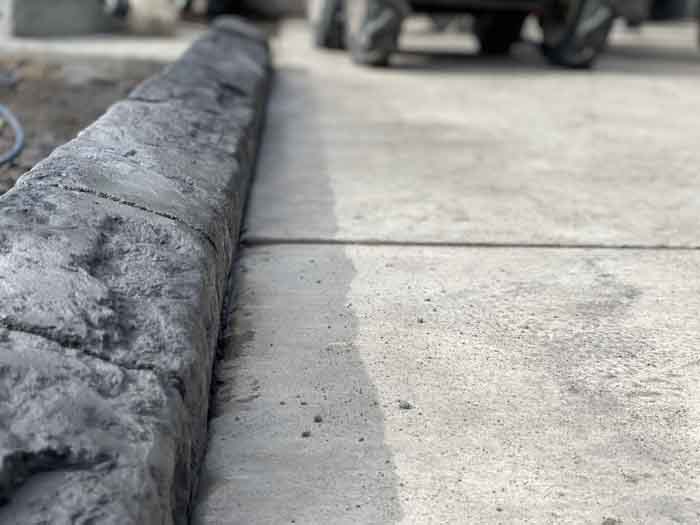
Why Regular Maintenance Matters
A well-maintained edging system enhances more than just the beauty of your landscape. It also:
- Prevents costly repairs: Addressing minor issues like cracks or loose joints early can save you money in the long run.
- Improves safety: Defined and secure edges reduce trip hazards, which is particularly important near public recreation areas like Centennial Center Park and Topgolf Centennial.
- Extends lifespan: With proper seasonal care, materials like concrete edging can last decades, providing a strong return on investment.
Long-Term Care
Proper maintenance ensures maximum lifespan for your landscape edging investment. Regular professional inspections can identify potential issues before they become significant problems.
Climate Adaptation
Understanding Centennial’s unique climate helps determine appropriate maintenance schedules and methods—professional installers factor in local conditions when developing maintenance plans.
Quality Assurance
Professional installation includes quality checks to ensure proper function and longevity. This attention to detail helps prevent future issues and extends the life of your landscape edging investment.
Parks and Recreation Areas
Centennial Center Park, the city’s premier 11-acre recreational space, requires specialized edging solutions for:
- Amphitheater surroundings
- Climbing wall areas
- Water play zones
- Walking trail borders
- Interactive Viewfinder Walk
| Area Type | Recommended Edging | Special Considerations |
|---|---|---|
| Water Play | Concrete | Drainage, slip resistance |
| Trails | Steel | Durability, grade changes |
| Play Areas | Rubber | Safety, accessibility |
| Gardens | Aluminum | Flexibility, aesthetics |
Commercial Applications
Centennial, CO, commercial properties face unique landscaping challenges due to high foot traffic and Colorado’s intense weather patterns. Selecting commercial-grade steel or concrete edging is key to ensuring long-term durability and aesthetic appeal. Explore the benefits, installation techniques, and landscape edging options ideal for commercial environments.
“Commercial properties in Centennial require especially durable edging solutions due to high foot traffic and our intense weather patterns. We recommend commercial-grade steel or concrete edging for these applications.” – Chad Livingston, Owner of A Better Edge
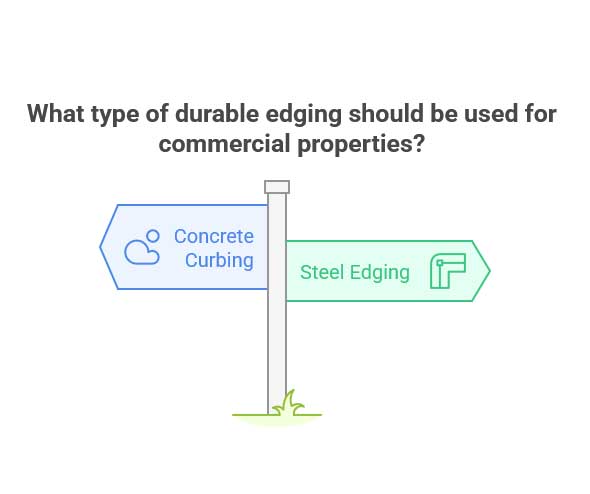
Why Commercial Properties Need Durable Edging
A Better Edge provides top-notch Commercial Landscaping Services in Centennial, read why:
Factors Influencing Edging Durability
- Weather resistance: Colorado’s frequent temperature fluctuations can cause less resilient materials to crack.
- Foot traffic: Public spaces such as parks, office complexes, and shopping centers see constant use, demanding more robust solutions.
- Maintenance reduction: With durable concrete-curbing or steel-edging, businesses spend less time and money on repairs and upkeep.
Edging Material Options for Commercial Use
Concrete Edging
- Pros: Extremely durable, supports high-traffic areas, and withstands harsh weather.
- Cons: Installation can be labor-intensive and requires curing time.
Steel Edging
- Pros: Flexible for creating custom curves and angles, resistant to impact damage.
- Cons: Susceptible to rust if not treated or maintained correctly.
Installation Guide for Commercial Edging
Tools & Materials Required:
- Edging plates and connectors
- Mallet or hammer
- Stakes for anchoring
- Safety equipment (gloves, goggles)
Comparison of Edging Solutions
| Feature | Concrete Edging | Steel Edging |
|---|---|---|
| Durability | High | High |
| Maintenance | Low | Medium |
| Installation | Moderate | Easy (for pre-fabricated parts) |
| Aesthetic Flexibility | Moderate | High |
| Edging Product | Ideal Applications | Price Range (Estimate) |
|---|---|---|
| Concrete Curbing | Driveways, Sidewalk Borders | $3.44 – $34.00 per linear foot |
| Steel Landscape Edge | Paths, Aggregate Walkways | Varies based on specifications |
Benefits of Investing in Quality Edging
- Enhanced Curb Appeal: Professional landscaping sends a positive message to clients and customers.
- Safety: Defined pathways reduce trip hazards.
- Longevity: Strong materials like concrete and steel ensure your landscaping investment lasts.
More info can be found on Centennial City Projects and Initiatives.




